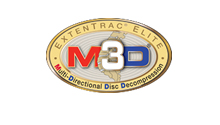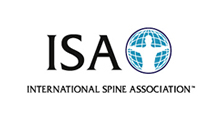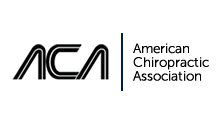
Spine Disorders
|
TREATMENT OPTIONS In the absence of progressive muscle weakness or impaired bowel or bladder control spinal stenosis does not present a medical emergency. In most of these patients the care should be conservative and on-surgical. The treatment is focusing on reducing pain and increasing function. Non-surgical approaches will not increase the size/dimension of the spinal canal but can in many instances led to significant improvement of discomfort and function. Surgery is often advised for those who have stenosis with associated extremity weakness, bowel or bladder problems. The primary goal of surgical intervention is to make more room for the spinal cord and nerve roots in the neck and thoracic regions and to make more rooms for the spinal nerves and their blood supply in the lumbar (low back ) region. In some cases a decompressive laminectomy may be follows by a spinal fusion to stabilize adjacent vertebrae after some of the supporting elements are removed. The initial therapeutic approach will usually involve a course of anti-inflammatories combined with a physical medicine approach utilizing physical therapy and/or chiropractic care. In select cases anti-inflammatory injections may be used to help reduce information and pain. Non-surgical treatment of spinal stenosis may be provided by internists or general practitioners. The disorder is also treated by specialists such as rheumatologists, who treat arthritis and related disorders; and neurologists, who treat nerve diseases. Orthopedic surgeons and neurosurgeons also provide non-surgical treatment and perform spinal surgery if it is required. Allied health professionals such as physical therapists may also help treat patients. In the absence of severe or progressive nerve involvement, a doctor may prescribe one or more of the following conservative treatments:
|
















